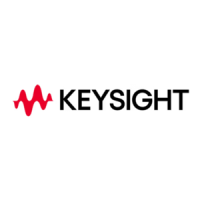Appendix
92
3.1 Trigger Mode
The Keysight 81150A / 81160A allows you to control the signal generation
in several ways. One of the most important ways is selecting a trigger mode.
Triggering means start of the signal generation and it does not take place
until all ARM conditions are met.
There are three different trigger modes available:
Continuous
Triggered
Gated
These are explained in the following sections.
In this mode, the instrument continuously generates the output signal. The
next waveform cycle, burst or sweep starts immediately after the previous
one is finished. There is not gap or distance between two consecutive
‘cycles’.
In this mode, no arming/triggering is used.
In this mode, the instrument generates exactly one waveform cycle, burst or
sweep on the active edge of the trigger signal. If a seconds trigger event
occurs before the current cycle (waveform, burst or sweep) is finished, then
the trigger event will be ignored.
The Triggered mode cannot be used with modulation.
The cycle to be triggered must have a ‘duration’ (the waveform must have a
dedicated beginning and end, which is not true for DC).
Noise has a special characteristic. Although it does not have a duration, it is
still allowed to be triggered.

